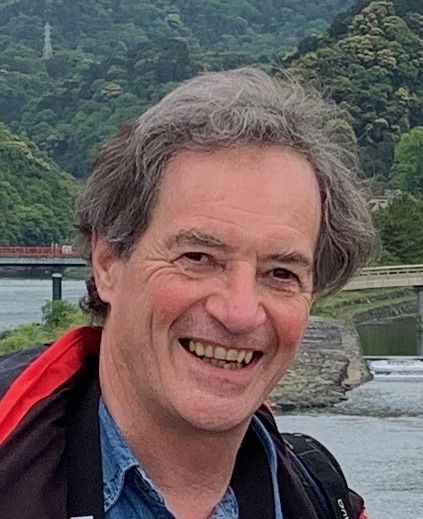BIOGRAPHY:
Pierre-Yves Bard, 71 is a senior research scientist at ISTERRE Grenoble (Institute of Earth Sciences, University of Grenoble-Alpes), and at University Gustave-Eiffel (Marne-la-Vallée). From 2008 to 2013, he also had a part-time activity (20%) at ANR (French National Research Agency) as program manager on Natural Hazards and Risks. After a basic education in Science at the Polytechnic School in Paris (1973- 1976), he received a Civil Engineering diploma from the Bridges and Roads Engineering School in Paris (ENPC, 1978), and a DrSc in Geophysics/Seismology at the University Grenoble-Alpes (1983). He also spent one year (1986-1987) as a visiting scientist at the California Division of Mines and Geology (now California Geological Survey) in Sacramento, where he gained experience in processing and analyzing strong motion data. Since then, he has been working mainly as a researcher in engineering seismology, trying to bridge the (cultural and scientific) gap between seismologists and earthquake engineers. Though retired since January 1st, 2020, he is still a senior research scientist at ISTerre involved in various ongoing research projects at the national and European levels, and in various consulting activities related to seismic hazard estimation. His primary activity has been research. His interests, initially focused on site effects, have gradually broadened to include strong motion seismology, seismic hazard estimation (with emphasis on probabilistic approaches), wave propagation in heterogeneous media, subsurface and structural monitoring using ambient vibrations, soil-structure and site-city interactions, seismic zonation and microzonation, and their translation into regulatory texts or technical guides and recommendations for engineering applications. They have involved theoretical, numerical and instrumental methodological developments, and examples of applications on real sites, with a particular focus on “frugal” methods that can be used in developing countries or countries with moderate seismicity. The so acquired expertise led him to be involved in public actions concerning changes in regulations (updating the French seismic zonation in the early 2000’s, European projects for harmonized seismic hazard maps, seismic microzonation studies), as well as in the drafting of various technical recommendation documents for hazard studies for critical installations (dams, chemical and nuclear sites) or site surveys. The latter were often facilitated by participation in R&D projects, notably with the French nuclear industry. He also carried out consultancy or inspection missions to determine the seismic design level of various types of structure (Vasco de Gama bridge in Lisbon, Swiss, Slovak and English nuclear power plants, Cadarache site, various hydraulic or tailings dams, facilities in France and abroad, Groningen gas field…). He always worked in a predominantly academic environment, which has meant a sustained teaching activity (Masters, engineering schools, continuing education and international thematic courses) and student training (supervising around 40 engineering or M2 internships and 41 PhD theses). This work has given rise to numerous scientific publications (over 170 papers in peer-reviewed journals, over 250 in conference proceedings), as well as a great deal of “grey literature” (guidelines, study reports, …)
